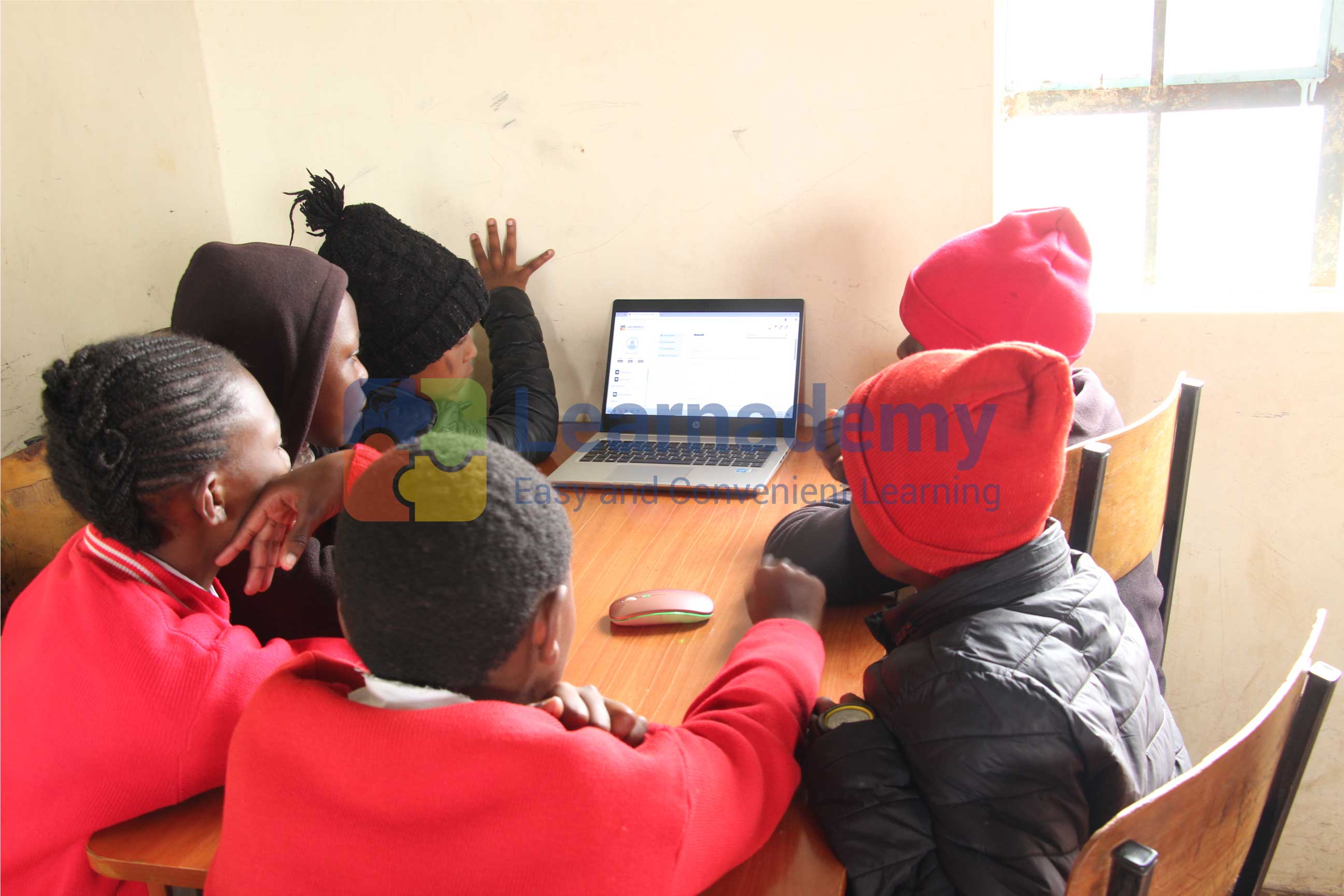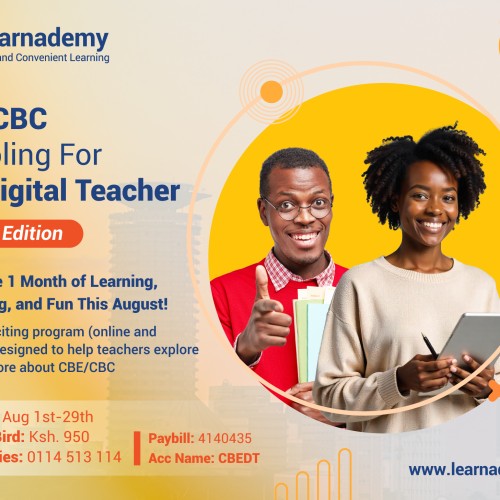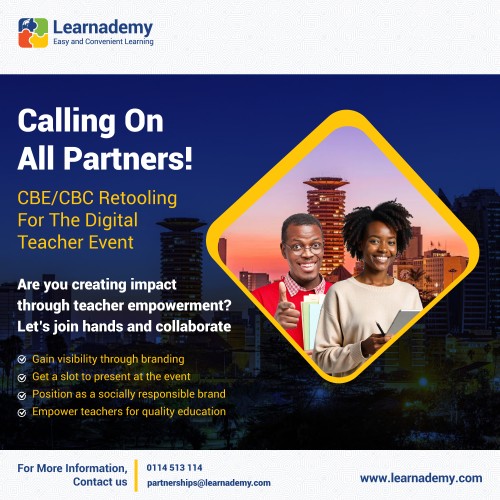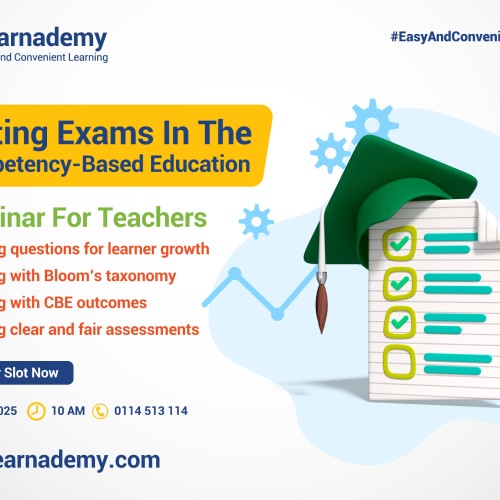-
Back
- Blog
- Browse Blogs
- Blog Post
- Get In Touch
-
Explore
- Sign up
- Login
Blog Inquiry

The Future of Learning: Why Educational Technology, (EdTech) Matters More Than Ever
21 Aug 2025 SocialThe 21st century has redefined how we learn and teach. Traditional, one-size-fits-all education is being replaced by dynamic, personalized digital learning experiences. At the center of this transformation is education technology (EdTech)—ranging from simple classroom tools to online learning platforms that empower teachers, students, and parents alike.
The COVID-19 pandemic highlighted the urgency of adopting robust digital learning solutions. Overnight, schools were forced to integrate online education tools, exposing gaps in traditional systems and showing that EdTech is not just a temporary fix—it is the foundation of the future of learning.
Why EdTech Matters More Than Ever
Education is no longer confined to four walls. It is about accessibility, engagement, equity, and preparing learners for a world where adaptability is key. At its best, EdTech enhances human learning. The most powerful aspect of this technology is not the tools themselves, but how they amplify the impact of educators and empower students to take charge of their learning.
Far from replacing teachers, technology provides them with the support to deliver more personalized, efficient, and engaging lessons. It enables students to learn at their own pace, parents to stay informed, and schools to operate more smoothly in an increasingly digital world.

Breaking Barriers: Accessibility and Equity in Digital Education
EdTech is democratizing education by making learning accessible anywhere. Online tutors, digital notes, and offline-enabled platforms allow learners in both urban and rural areas to continue their studies, even with limited connectivity.
Imagine a classroom where no child is left behind. A student in a rural area can connect with qualified tutors remotely, access digital resources on a basic smartphone, or catch up with recorded lessons after school. These tools ensure that learning continues regardless of location or infrastructure.
Inclusive Education Through Technology
Digital platforms also make classrooms more inclusive by supporting different learning needs. With centralized dashboards, teachers can track learner progress, identify struggling students, and assign remedial lessons or practice exercises. Parents receive timely updates about academic performance and attendance, ensuring that support extends beyond the classroom.
By enabling teachers to personalize learning journeys and providing students with access to affordable, flexible resources, technology is turning the vision of equal opportunity into reality — one student at a time.
Empowering Educators: Amplifying Impact with EdTech
Teachers remain the cornerstone of learning, but EdTech gives them tools that enhance their work. Technology simplifies grading, provides instant feedback, and enables the creation of interactive lessons that engage learners while saving valuable time. This balance allows teachers to focus more on mentorship, guidance, and individual learner growth.
The growth of EdTech is also creating exciting career opportunities. Today’s education professionals are not only teachers but also instructional designers, learning experience (LX) designers, EdTech entrepreneurs, and data analysts who use digital insights to shape more effective learning experiences. The ecosystem of education is expanding, opening new doors for both educators and learners.
Challenges in Education Technology
Despite its benefits, EdTech comes with challenges that must be addressed. The digital divide remains one of the greatest barriers. Access to online learning platforms is uneven, and nearly 40% of schools still lack reliable connectivity. Bridging this gap requires deliberate investment in infrastructure and digital literacy to ensure equitable access for all learners.
Another pressing challenge is data privacy. Every interaction with digital learning tools generates data. While analytics can personalize learning, they also risk commodifying student privacy if not handled responsibly. Transparency, strong data protection measures, and compliance with security frameworks are essential for building trust and safeguarding learners.
As we move forward, the goal is balance. Innovation must go hand in hand with inclusivity, ethics, and the human touch that makes education transformative. Technology should serve as an enabler, not a barrier, ensuring that no student is excluded and no teacher is left unsupported.
The future of education is not just digital—it is equitable, empowering, and brighter for all. By embracing EdTech thoughtfully, we can break barriers, create inclusive classrooms, and prepare every learner for success in a rapidly changing world









